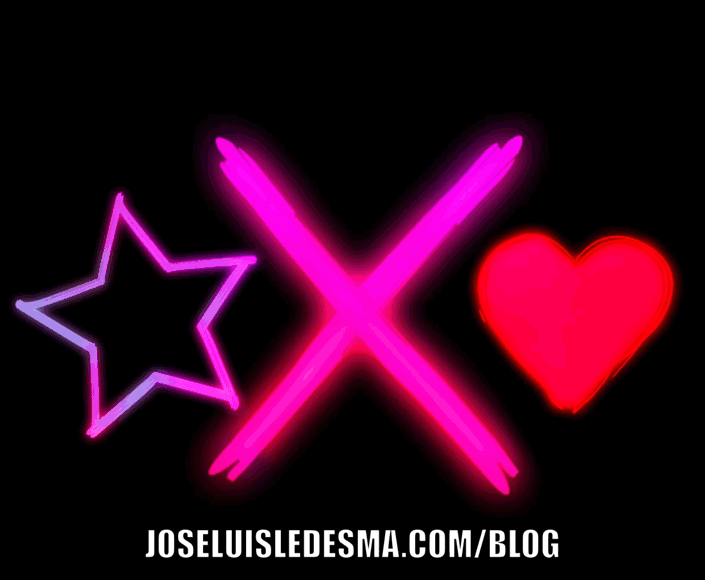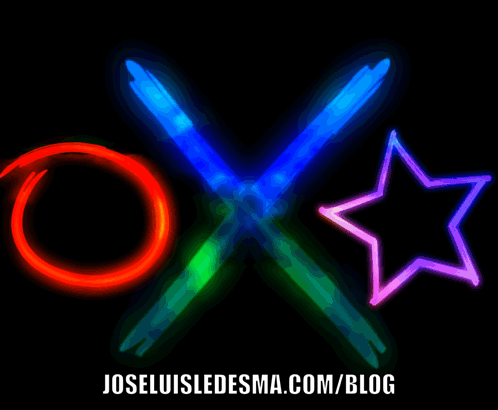Visual Storytelling and Retail

Storytelling is one of the most powerful strategies within a good strategic marketing and communication planning, it is based on telling stories that create an impact on the consumer’s mind and that connect directly with them, very useful in the management of any project. But what exactly is Visual Storytelling?
The term Visual Storytelling refers to the art of telling brand stories with images and visual media.
And if we think of the effectiveness of images as elements that facilitate the creation of persistent memories over time, we will understand the full potential of this approach.
How visual storytelling works?
Visual Storytelling has a huge impact on the perception of businesses; it helps them connect with their customers and at the same time drives sales.
In that sense, the storytelling of these contents can be adapted in many ways; however, there are some basic concepts that we must take into account to create a good strategy. Below, we will review some fundamental steps to tell a successful story:
- Structure: most stories are organized in a very simple way: problem, solution and resolution.
- Simplicity: less is more. We often lose sight of the power of simplicity. A visual story that appeals to the basics will project a strong and clear message, without confusing our audience about what we want to convey.
- Design: there is no need to fill a story with a lot of visual elements, a good design is enough to successfully reach the consumer.
Where can we use Visual Storytelling?
This technique, for example, allows us to produce extraordinary content for social networks. In addition, the popularity of the most visual platforms, such as Instagram, makes them ideal for visual storytelling.
Visual storytelling is also very powerful for e-commerce. When presenting the products of an online shop, there are different types of images, and each brand must choose the option that best suits its identity and the idea it wants to convey to its audience.
The Retail world
Consumers evolve with the times, and today more than ever, customers not only want to feel identified with the brand, but they also want to live authentic experiences and get closer to brands that are true to their vision. Therefore, we can highlight three essential steps for effective visual storytelling in the fashion sector:
- To be loyal and consistent with the brand’s vision
Visual storytelling in fashion works when the brand is consistent and authentic over time, with a message that reflects a complete vision of the brand.
- Adapting to changing times
It is vital to be relevant in order to achieve effective visual storytelling. Take the example of Dior creative director Maria Grazia Chiuri, who generated incredible media impact in 2019 with the launch of her autumn/winter 2020 collection where models wore T-shirts with the phrase ‘We Should All Be Feminists’, responding to the resurgence of concern for women’s equality and women’s rights.
- Focusing on the consumer
Chiuri managed to be faithful to Christian Dior’s vision by giving voice to the ‘celebration of women’ and responding to a social issue.
The third essential step to a great visual storytelling strategy is to focus on the consumer. Before designing a strategy, ask yourself: What do I want the consumer to feel, and how can I make them feel that way?

The window displays
The benefits of visual storytelling in window displays are several and very important. Among them, we can find:
- Creating empathy
- Creating emotions
- Connect with the audience
- Humanize the brand
The window display, being the point of physical connection with customers, is the perfect scenario to share a clear, concise and consistent story that is faithful to the brand and with which we can achieve many benefits.
In conclusion, this technique can be used in different areas of the retail and fashion world.
With a strong storytelling strategy, Visual Storytelling will become one of the most vital techniques for your company. Don’t hesitate to contact a Retail and Visual Merchandising for a professional consultancy.
Sources: fashionunited.es; mkparadise.com; launchmetrics.com; marketinginsiderreview.com; joseluisledesma.com



